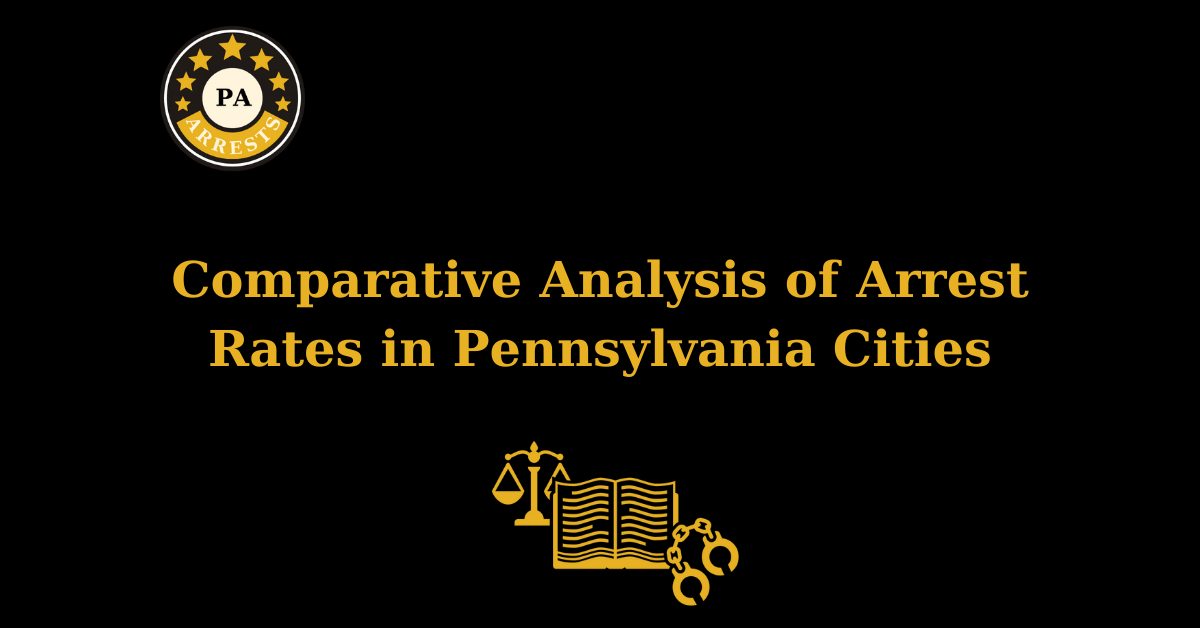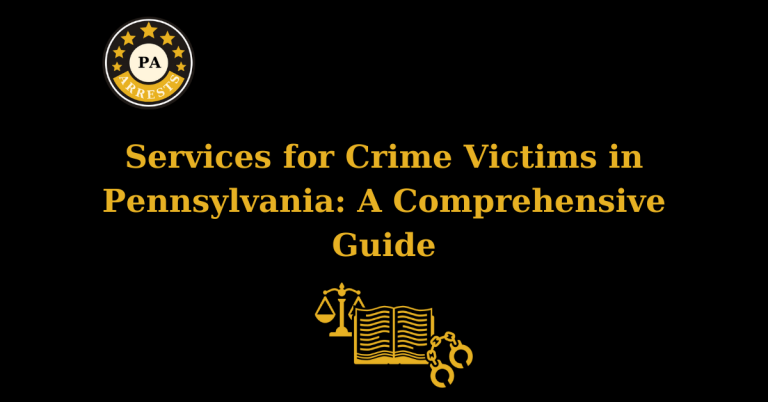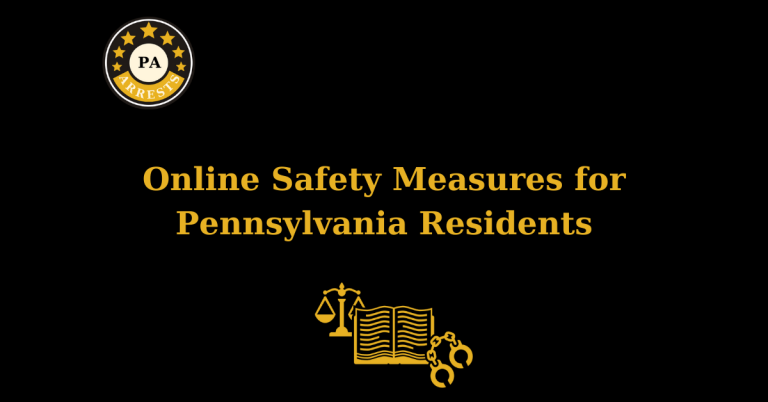Comparative Analysis of Arrest Rates in Pennsylvania Cities

Explore the arresting truth behind Pennsylvania cities and their crime rates. In this comprehensive analysis, we delve deep into the statistics and trends that define law enforcement in the Keystone State. From the bustling streets of Philadelphia to the serene neighborhoods of Pittsburgh, we examine how different cities in Pennsylvania handle crime and maintain public safety. Discover the factors that contribute to varying arrest rates and gain a nuanced understanding of the challenges faced by law enforcement officials across the state. Join us on this eye-opening journey as we uncover the realities behind Pennsylvania’s cities and their commitment to maintaining law and order.
Through meticulous research and insightful analysis, we present you with a comprehensive and unbiased view of Pennsylvania’s cities and their arrest rates. Our aim is to provide you with a clear understanding of the unique dynamics at play in each city, shedding light on the factors that shape their crime statistics. Whether you’re a concerned citizen, a law enforcement professional, or simply curious about the state’s criminal justice system, this analysis will equip you with valuable insights. Join us as we navigate the intricate landscape of Pennsylvania’s cities, revealing the stories behind the numbers and painting a vivid picture of the law enforcement efforts that shape our communities.
Crime Rates in Philadelphia
Delve into the heart of Pennsylvania’s largest city, Philadelphia, and discover the complexities of its crime rates. With a bustling population and diverse neighborhoods, Philadelphia presents unique challenges to law enforcement officials. In this section, we analyze the factors that contribute to the city’s arrest rates and explore the efforts made to maintain public safety.
Factors Influencing Crime in Philadelphia
The underlying elements that shape crime statistics in Philadelphia. From socioeconomic factors to historical patterns, we examine the various influences that contribute to the city’s crime rates. Gain a deeper understanding of the challenges faced by law enforcement officials as they work to curb criminal activities.
Community Engagement and Crime Prevention
Initiatives undertaken by Philadelphia’s law enforcement agencies to engage with the community and prevent crime. From neighborhood watch programs to community policing strategies, we highlight the collaborative efforts that aim to create safer and more secure neighborhoods. Learn how the active involvement of residents plays a crucial role in crime prevention.
Technology and Crime Fighting
Explore the role of technology in Philadelphia’s crime-fighting efforts. From surveillance systems to data analysis tools, advancements in technology have revolutionized the way law enforcement agencies combat crime. Learn about the innovative solutions implemented in the city and their impact on crime rates.
Comparing Pittsburgh’s Approach to Crime
Shift your focus to the serene neighborhoods of Pittsburgh and examine how this city tackles crime and maintains public safety. Contrasting Philadelphia’s bustling streets, Pittsburgh presents a different set of challenges and solutions. In this section, we explore the unique dynamics at play in Pittsburgh’s law enforcement efforts.
Collaboration Between Agencies
Discover the collaborative approach adopted by Pittsburgh’s law enforcement agencies to combat crime. From sharing resources to joint task forces, we shed light on the partnership among various agencies and their collective efforts to ensure public safety. Learn how this collaboration contributes to lower crime rates in the city.
Community-Oriented Policing in Pittsburgh
Explore the community-oriented policing strategies implemented in Pittsburgh to foster strong relationships between law enforcement and residents. By building trust and engaging with the community, Pittsburgh’s law enforcement agencies strive to prevent crime and create a sense of security. Discover the impact of these initiatives on the city’s crime statistics.
Addressing Root Causes of Crime
Understand Pittsburgh’s approach to addressing the root causes of crime. By focusing on social programs, education, and job opportunities, the city aims to tackle the underlying issues that contribute to criminal activities. Learn about the comprehensive strategies implemented to create a safer and more prosperous community.
FAQs
What is the purpose of the Pennsylvania Cities Arrest Rates: A Comparative Analysis?
The purpose of the Pennsylvania Cities Arrest Rates: A Comparative Analysis is to examine and compare the arrest rates in different cities within Pennsylvania. This analysis aims to provide insights into the variations in arrest rates across cities and identify any patterns or trends.
Which cities are included in the Pennsylvania Cities Arrest Rates: A Comparative Analysis?
The Pennsylvania Cities Arrest Rates: A Comparative Analysis includes a comprehensive coverage of various cities within Pennsylvania. Some of the cities included in this analysis are Philadelphia, Pittsburgh, Harrisburg, Allentown, and Erie, among others.
What factors are considered when analyzing the arrest rates in Pennsylvania cities?
When analyzing the arrest rates in Pennsylvania cities, several factors are taken into consideration. These factors may include population demographics, crime rates, law enforcement resources, socioeconomic conditions, and other relevant variables that may impact the arrest rates.
How are the arrest rates calculated in the Pennsylvania Cities Arrest Rates: A Comparative Analysis?
The arrest rates in the Pennsylvania Cities Arrest Rates: A Comparative Analysis are calculated by dividing the number of arrests in a specific city by the city’s population and multiplying the result by 1,000. This calculation helps standardize the arrest rates and allows for meaningful comparisons between cities.
What are the potential implications of the findings from the Pennsylvania Cities Arrest Rates: A Comparative Analysis?
The findings from the Pennsylvania Cities Arrest Rates: A Comparative Analysis can have various implications. They can help identify cities with high or low arrest rates, highlight potential areas for improvement in law enforcement strategies, inform policy decisions, and contribute to a better understanding of the criminal justice system in Pennsylvania.
How can the Pennsylvania Cities Arrest Rates: A Comparative Analysis benefit policymakers and law enforcement agencies?
The Pennsylvania Cities Arrest Rates: A Comparative Analysis can provide valuable insights for policymakers and law enforcement agencies. It can assist in identifying cities that may require additional resources or intervention to address high arrest rates. The analysis can also help evaluate the effectiveness of existing policies and strategies, leading to informed decision-making and targeted interventions.






